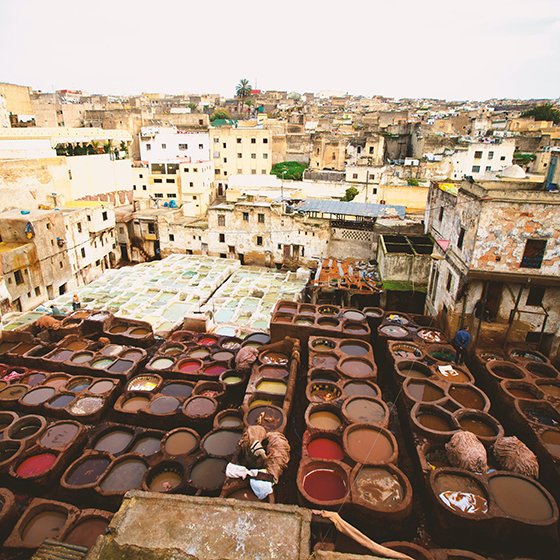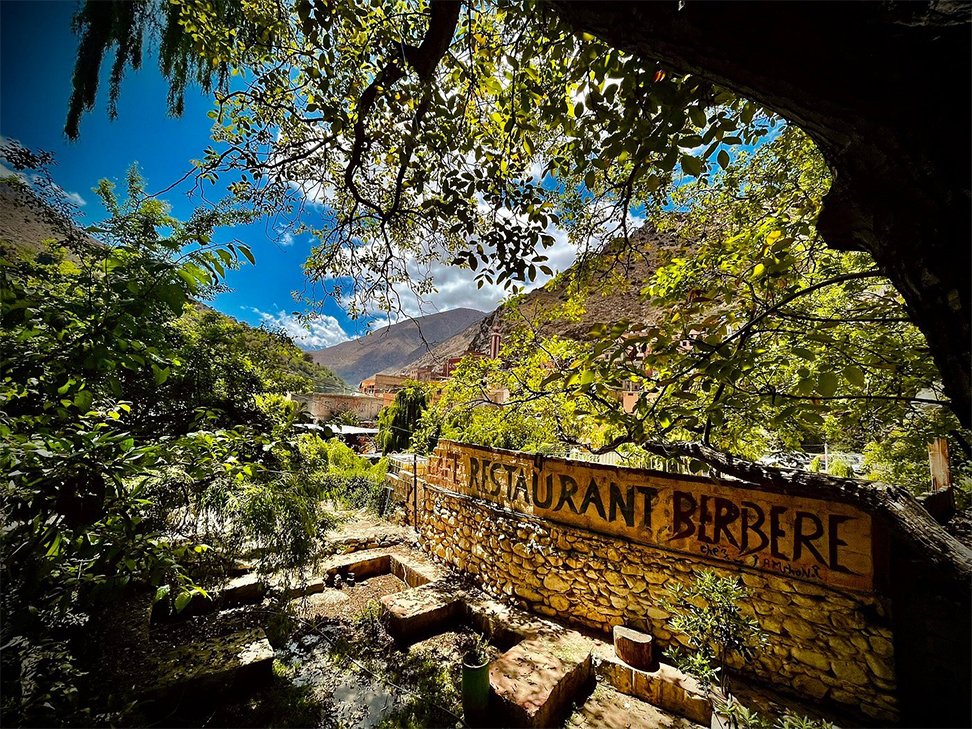Morocco, the gateway to Africa, is a country of dazzling diversity. Here you’ll find rugged mountains, rolling deserts, ancient cities, secluded beaches and warm hospitality. Due to its geographical diversity, it is advisable to plan your visit to Morocco based on your domestic travel destinations.
For moderate temperatures during peak season (March-May and September-October), see .  Spring and autumn are the most popular times to visit Morocco due to the pleasant temperatures in many parts of the country. However, the Sahara will experience dust storms in the spring and rains may persist in the north. Demand and prices for accommodation rise around Easter, when European families head to Morocco to warm up for the long weekend.
Spring and autumn are the most popular times to visit Morocco due to the pleasant temperatures in many parts of the country. However, the Sahara will experience dust storms in the spring and rains may persist in the north. Demand and prices for accommodation rise around Easter, when European families head to Morocco to warm up for the long weekend.
 Spring and autumn are the most popular times to visit Morocco due to the pleasant temperatures in many parts of the country. However, the Sahara will experience dust storms in the spring and rains may persist in the north. Demand and prices for accommodation rise around Easter, when European families head to Morocco to warm up for the long weekend.
Spring and autumn are the most popular times to visit Morocco due to the pleasant temperatures in many parts of the country. However, the Sahara will experience dust storms in the spring and rains may persist in the north. Demand and prices for accommodation rise around Easter, when European families head to Morocco to warm up for the long weekend.Choose the low season (November to February) for quieter exploration The cool winter months are the best time to venture into the Sahara Desert. Marrakech and the south are popular during Christmas and New Year, while the north of the country can be chilly and rainy. Snow can make mountain roads impassable.
Marrakech and the south are popular during Christmas and New Year, while the north of the country can be chilly and rainy. Snow can make mountain roads impassable.
 Marrakech and the south are popular during Christmas and New Year, while the north of the country can be chilly and rainy. Snow can make mountain roads impassable.
Marrakech and the south are popular during Christmas and New Year, while the north of the country can be chilly and rainy. Snow can make mountain roads impassable.Go to the coast during the off-season (June to August). , Prices for accommodation are discounted in summer as inland towns are bustling with activity, but for domestic tourism prices peak in July and August on the Atlantic and Mediterranean coasts. Monthly Breakdown Here is a monthly breakdown of what you can expect to see in Morocco all year round. All events are non-binding. January crowds flock to Marrakech January is the depths of winter in Morocco. The north gets a lot of rain and the snow makes many mountains impassable to hikers and even drivers. Marrakech and the south receive the most tourists, especially around New Year.
Monthly Breakdown Here is a monthly breakdown of what you can expect to see in Morocco all year round. All events are non-binding. January crowds flock to Marrakech January is the depths of winter in Morocco. The north gets a lot of rain and the snow makes many mountains impassable to hikers and even drivers. Marrakech and the south receive the most tourists, especially around New Year.
 Monthly Breakdown Here is a monthly breakdown of what you can expect to see in Morocco all year round. All events are non-binding. January crowds flock to Marrakech January is the depths of winter in Morocco. The north gets a lot of rain and the snow makes many mountains impassable to hikers and even drivers. Marrakech and the south receive the most tourists, especially around New Year.
Monthly Breakdown Here is a monthly breakdown of what you can expect to see in Morocco all year round. All events are non-binding. January crowds flock to Marrakech January is the depths of winter in Morocco. The north gets a lot of rain and the snow makes many mountains impassable to hikers and even drivers. Marrakech and the south receive the most tourists, especially around New Year.






















